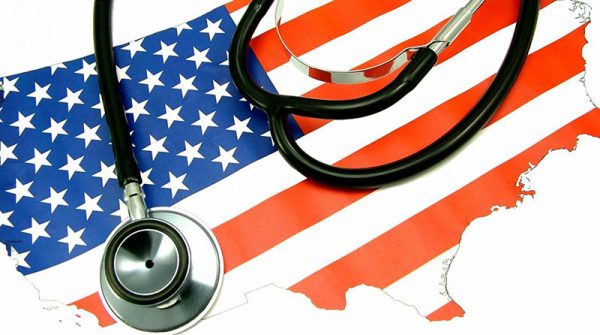In the United States, Medicare is a single-payer, national social insurance program administered by the U.S. federal government since 1966, currently[when?] using about 30–50 private insurance companies across the United States under contract for administration.[1][not in citation given] United States Medicare is funded by a payroll tax, premiums and surtaxes from beneficiaries, and general revenue. It provides health insurance for Americans aged 65 and older who have worked and paid into the system through the payroll tax. It also provides health insurance to younger people with some disability status as determined by the Social Security Administration, as well as people with end stage renal disease and amyotrophic lateral sclerosis.
In 2015, Medicare provided health insurance for over 55 million—46 million people age 65 and older and 9 million younger people.[2] On average, Medicare covers about half of the health care charges for those enrolled. The enrollees must then cover their remaining costs either with supplemental insurance, separate insurance, or out-of-pocket. Out-of-pocket costs can vary depending on the amount of health care a Medicare enrollee needs. They might include the costs of uncovered services—such as for long-term, dental, hearing, and vision care—and supplemental insurance premiums.[3]
Medicare and Medicaid are the two government sponsored medical insurance schemes in the United States. Medicare is further divided into parts A and B – Medicare Part A covers hospital and hospice services; Part B covers outpatient services. Part D covers self-administered prescription drugs. Part C is alternative to the other parts intended to allow experimentation with differently structured plans in an effort to reduce costs to government and allow patients to choose plans with more benefits.[4]

